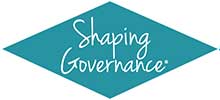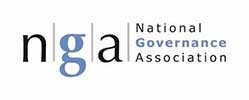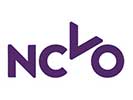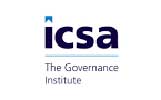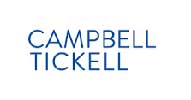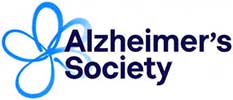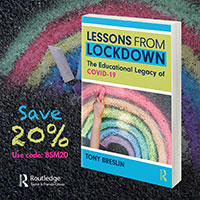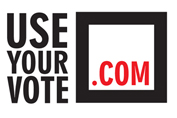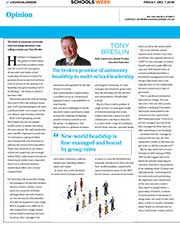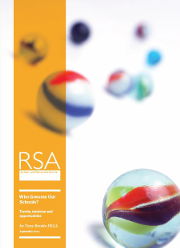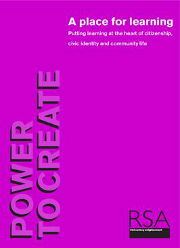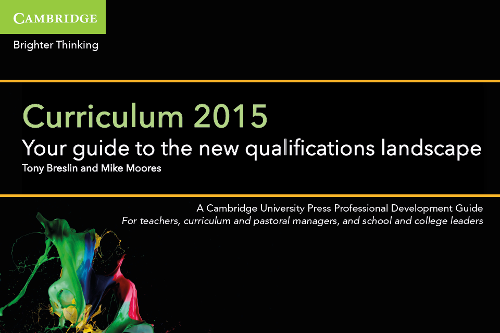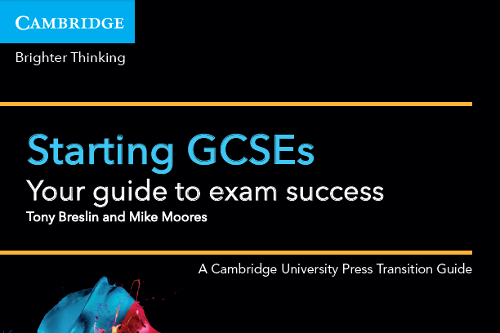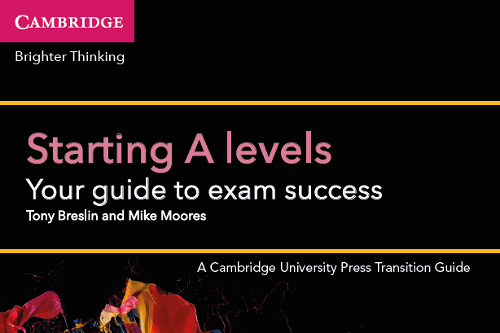












6.3% of the top 500 charities in Wales have BAME trustees, compared with 8% of FTSE 100 companies
Inclusive Boards, 2018

"One of the most common questions I get asked, especially by parents on the gate, is 'What do you do as a (school) governor?'"
Dan Hall
Bushey Primary Education Federation
Transform Governance is a joint venture between Breslin Social Impact and Permuto Consulting
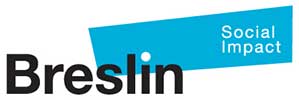

Need consultancy support? We have access to a range of specialists across sectors, across functions, and across the UK and beyond. Contact us to explore possibilities.
Catch-up, recovery and the ‘water-cooler moments of childhood’
Monday 22nd February 2021

Amongst COVID-19’s many impacts, one of the most profound has been the way in which the pandemic has caused us to re-evaluate the role of schools, and to concede that this is, and must be, more than narrowly educational. Schools facilitate the social coming together of young people and thereby are vital in supporting their wellbeing and personal development, act as community hubs, enable parents to participate in the workforce, while offering respite from full-time parenting itself, and ‘teach’ far, far more than those subjects that have been accorded a place on the timetable.
In this post, I want to explore the implications of this realisation for educational professionals, especially those with an interest in citizenship education, the wider social curriculum and agendas around the pastoral care and wellbeing of young people.
Attainment, exclusion and the standards agenda
Ensuring that young people move on from the statutory years of schooling with the grades that they need to access the next stage of their educational, employment and broader life journey is a vital function of schooling but there is a feeling that a crusade which began as an attempt to address significant underachievement system-wide thirty years ago may have had a range of unintended consequences: emaciating the primary curriculum in the drive to address concerns about literacy and numeracy, turning secondary schools into exam factories, negatively impacting children’s (and sometimes parents’) mental health, demanding that all manner of creative, technical, social and investigative subjects sell their soul (and their pedagogy) to win a seat at the GCSE table, narrowing the educational experience of young people in the process, turning vocational courses into something that young people fall onto after academic ‘failure’ rather than professional programmes that they positively opt into, and casting the social curriculum, and Citizenship Education, to the side-lines, more often than not tucked in with the register at the start of the day, if it features at all.
All the meantime, as I outline in my new book Lessons from Lockdown: the educational legacy of COVID-19, these drivers have unwittingly contributed to the creation of an excluded hardcore; this group are as much a product of what I describe as an attainment-first culture as those with clutches of top grades. As I have remarked on many occasions and in many settings, the more successful we are with the 60, 70, 80% of young people, the more excluded the 40, 30, 20% become. And when this underachievement is patterned by the intersections of social class, ethnicity, residence and multiple other differentiations, we have a problem not just of education but of citizenship. “Closing the gap” may remain the objective of school leaders, teachers and policymakers alike (and we now know that this is vital if we are to live in a cohesive and just society), but the gap itself is a consequence of a system that bakes-in the exclusion of the few as the unintended price of the relative success of the many.
In this context, one positive outcome of this awful pandemic might be that the longstanding denial of the impact of poverty and social exclusion on educational attainment – portrayed by ministers of all persuasions as an excuse rather than an explanation – no longer holds. That some children have greater barriers to overcome before learning can commence, especially in an increasingly online world, is no longer a matter for debate, while the challenges of those education professionals who work with these young people are plain for all too see. The pandemic has not created this situation, but it has rendered it visible and, for many, it has accentuated the divide.
Beyond curriculum catch-up
In this context, to focus simply, as pundits and politicians largely have until recent weeks, on ‘lost’ learning is to miss the point. For all of the concern about curriculum ‘catch-up’, we have the means to address this. Indeed, the attainment-first culture has given us some of these strategies: the booster class, the crammer college, the subject specific tutor, the pre-exam revision class, even the re-take year, as recently advocated by the Education Policy Institute. But young people have missed far more than curriculum coverage during lockdown and, again, those in the most disadvantaged or otherwise challenging settings have often suffered the greatest losses; if I am not talking about the formal, taught curriculum, what am I referring to?
A gap in the coverage of a specific element of the National Curriculum at, say, Key Stage 2 or in a GCSE or A level specification is at least identifiable and quantifiable, but figuring out how a six-year old might make up for a year’s missed playdates or how a fourteen-year old might recover the kind of social development that flows from a year of corridor and staircase jostling and school yard banter is much harder to quantify and, therefore, address.
The water-cooler moments of childhood
I call these events and experiences – events and experiences that are so vital in the development of character, resilience and self-esteem – the water-cooler moments of childhood. Granted the phraseology is occupationally limited and middle class, but this is exactly the kind of thing that Zoom-fatigued and keyboard-weary adults tell us that they are missing too: the unscheduled, unscripted conversations of the lunch queue, the car park, the walk from the station and, of course, the water-cooler and the coffee machine.
I do not know the answer to the questions that I am posing. How one identifies and addresses these gaps is far more challenging, and no less important, than addressing curriculum deficits and it is vital that policymakers, educational professionals and educational researchers recognise this. But, the belated acknowledgement that social recovery is as important, perhaps more important, than gaps in subject knowledge does shine a light on something that as citizenship educators we can respond to: the intrinsically social nature of schooling.
The intrinsically social nature of schooling
During the first third of the twentieth century, the way that employees were organised and managed in the workplace (or in most workplaces) went through a quiet revolution. The ‘hard’ division of labour of scientific management (epitomised in the noisy and isolating ‘Fordism’ of the car production line) increasingly gave way to processes and strategies that acknowledged and built on the reality of humans as social and pro-social beings, articulated initially through a body of practice referred to as the human relations school. Moreover, as the twentieth century progressed, it became obvious that not only was it smart for business leaders to utilise the social skills of workers in designing production and administration processes, but that work had a vital social purpose for employees and their communities, whatever its productive output. Work was a part of the social fabric of life. As the so-called smoke-stack industries of western economies wound down their activities, they left workless communities bereft of purpose and identity, and the arenas that so often brought them together, workplaces.
Something similar is true of schools. COVID-19 has underlined that, whatever the merits of the dash for grades identified in earlier, and whatever the curricular loss of lockdown, the social purpose of the school is as important as its pedagogical role. Children don’t just collect knowledge and grades as they progress through school, they develop as individuals and, critically, as citizens. Moreover, as schools have become more and more effective and efficient at delivering learning to remote learners across digital platforms – a point that I pick up in the forthcoming sequel to Lessons from Lockdown, Bubble Schools: the long road from lockdown – attention has rightly turned to the social deficits of an entirely online existence, to the mental and physical health of young people, and to the learning that rarely features (or features sufficiently) on the timetable, the learning that derives from the multiple unscripted interactions of a school day, the watercooler moments of childhood.
And for those in school at present, the watercooler is not what it was, with children necessarily operating in much controlled settings, group work largely off limits, one-way corridors displaying the kind of order that, as teachers and school leaders, we once dreamed of, and whole school break and lunchtimes – for many – a thing of the past.
Post-pandemic, here is both the challenge and the opportunity for citizenship educators, and all concerned with the wider social curriculum. On the one hand, how, in-school, do we rebuild the kind of collaborative pedagogies and recreate the kind of social spaces that enable young people to practice and develop all manner of social skills? On the other, especially amongst those who have enjoyed and thrived on the autonomy of learning on line, how do we remake the case for on-site learning, especially when their memories of it might not have been great? In all of this the social curriculum, and the skills, knowledge and expertise of those engaged in its delivery, ought to take on the importance and profile that it should always have had. Whether it does or not will be critical in shaping the blended schooling of the post-pandemic era.
Tweet Share on Facebook